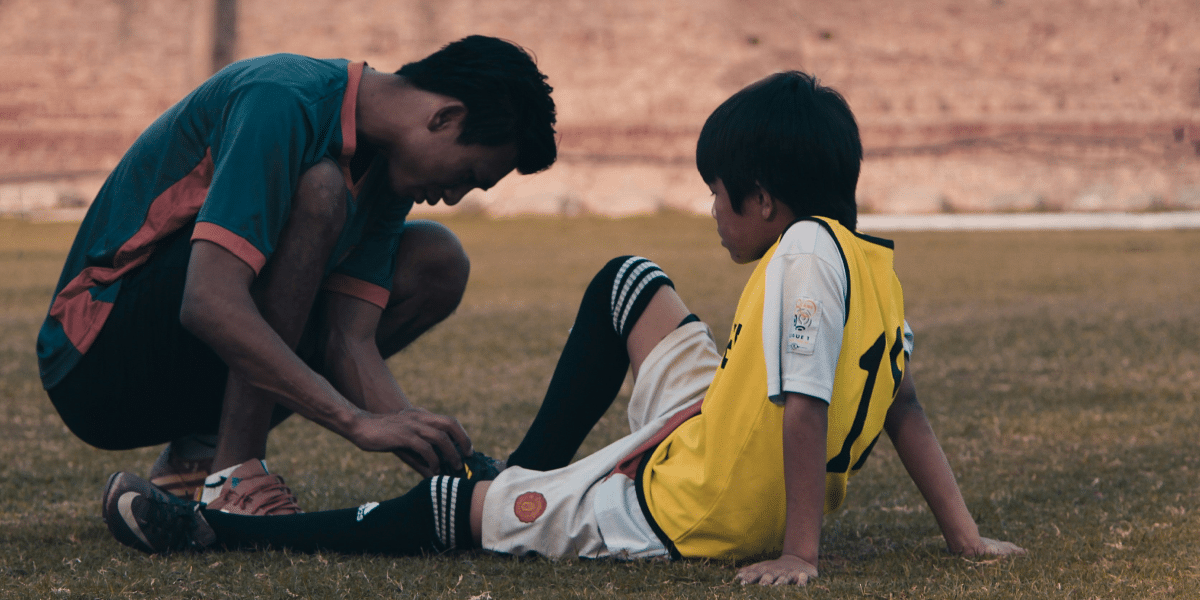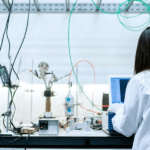Injuries are like achievements for sportspeople. However, they require an active lifestyle, which is impossible while they are injured. Thanks to modern technology, Laser Therapy is a novel way to aid in speeding up the recovery process. The laser therapy machine can aid in healing sports injuries and reduce pain.
Dive into this article to learn how laser therapy machines work and why they are a viable option for recovering from sports injuries.
What is Laser Therapy?
Laser therapy is a medical treatment that uses light energy to help your body heal. It sounds high-tech, but it is actually a simple process. The therapy sends beams of light into the injured area. The light is absorbed by the cells in your body, which further boosts their energy. With more energy, the cells repair themselves faster, which helps in reducing pain and swelling. In sports, injuries like sprains, muscle strains, and joint pain are common.
How does a Laser Machine Work?
A laser machine emits a specific type of light in therapy. This light penetrates deep into the tissues and enhances the blood flow to the affected area. The increased blood flow stimulates the cells to repair the damaged tissues. The light also reduces the inflammation around the injured area. This therapeutic treatment is also painless and non-invasive. You won’t feel any heat or discomfort during the treatment. For this reason, it has become a viable option for athletes who want to recover without invasive procedures.
Benefits of Laser Therapy for Sports Injuries
Here are the benefits of using laser therapy machines for sports injuries:
1. Promotes Healing
The biggest reason sportspeople turn to laser therapy is that it can aid the healing process. It improves blood circulation and boosts cellular activity, so the body starts repairing the damaged tissues efficiently.
2. Relief From Pain
Sports injuries often cause a lot of pain. Laser therapy can reduce pain by lowering inflammation and increasing the body’s natural pain-relief mechanisms, whether it’s a sore muscle or a sprained ligament.
3. Reduce the Swelling
Swelling is a common factor when you are injured. It’s your body’s way of protecting the injured area. However, too much swelling restricts movement and slows down the healing process. This is where laser therapy machines come into play. The therapy helps reduce swelling and helps your body repair the injury.
4. Non-invasive Procedure
Unlike surgeries or injections, laser therapy is a non-invasive process. This means there’s no need to cut into the skin or insert anything into the body.
5. Favorable Downtime
Many treatments for sports injuries require downtime, meaning you have to rest and avoid physical movements. With laser therapy machines, you can go about your day normally without worrying.
Types of Sports Injuries Treated With Laser Therapy
- Sprains and Strains: These are very common injuries that affect the ligaments and muscles. Laser machines help in reducing inflammation and potentially speed up recovery.
- Tendon Injuries: Tendon injuries can cause pain and take time to heal. Laser therapy relieves pain and promotes tissue repair.
- Joint Pain: Many athletes suffer from joint pain due to overexertion or injury. Laser therapy may reduce joint inflammation and provide comfort.
- Muscle Tears: Muscle tears are serious injuries that can keep a sportsperson out of the field for longer runs. Laser therapy machines can aid in healing these tears, allowing athletes to return sooner.
Final Thoughts
Laser therapy is a viable treatment option for sports injuries. Whether you are dealing with a sprain, strain, or muscle tear, laser machine therapy can help reduce pain and provide comfort. With many benefits and minimal risks, laser therapy is gaining traction. If you are interested, consider talking to your physiotherapist about this option.
Disclaimer: The information provided in this article is for general informational purposes only and is not intended as medical advice. Readers should consult a qualified healthcare professional before making any health-related decisions. The contents of this article should not be used as a substitute for professional medical advice, diagnosis, or treatment.
Published by: Holy Minoza



















